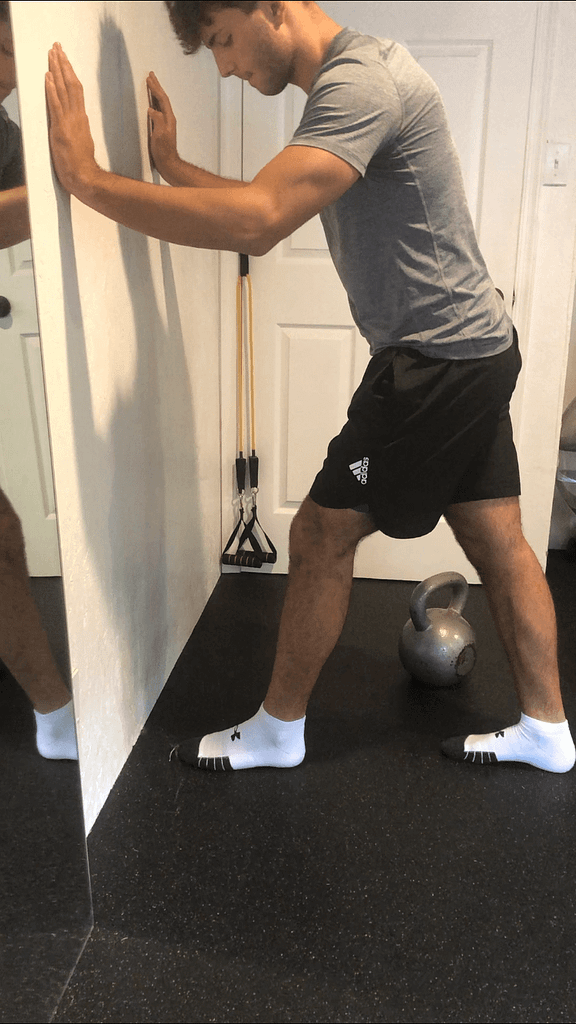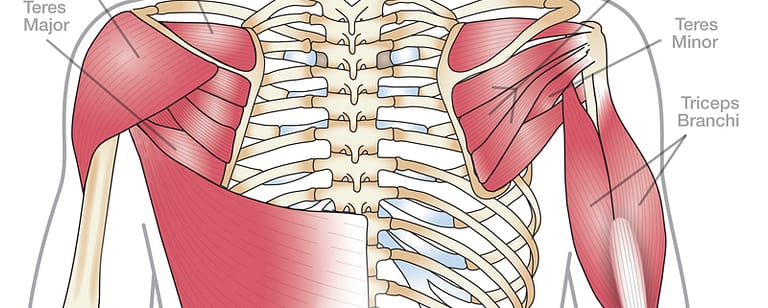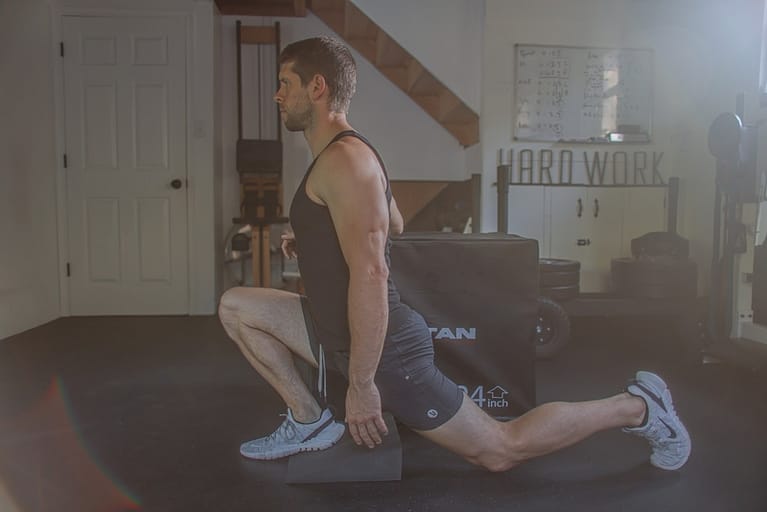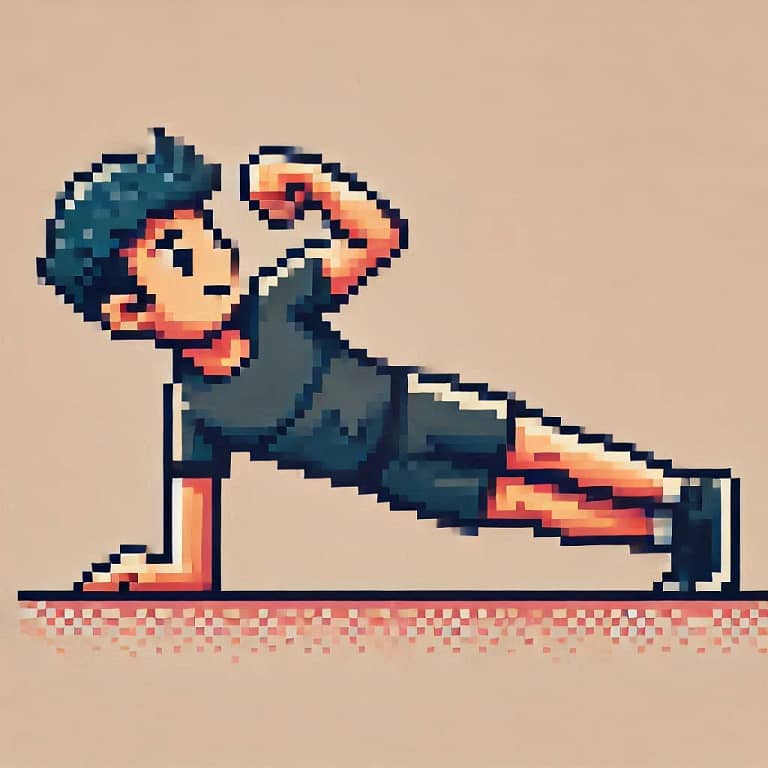8 Simple Exercises to Prevent Ankle Injuries
Protecting Your Ankles and Strengthening them at the Same Time
Healthy ankles with full range of motion are so key to how well your body moves. So many of us overlook this joint when trying to improve performance or even prevent injury. Your lack of ankle range of motion can be causing you more pain in other areas of your body.
In this article, I will discuss why it is important to have strong and mobile ankles and how to keep them strong.
Why You Should Care About Your Ankles
I have worked with a wide variety of skilled athletes, weekend warriors and those just trying to stay in shape as they age. Through experience I began to notice a correlation between clients knee, back and hip pain and poor ankle range of motion.
Range of motion can refer to a lot of things but what I’m particularly concerned with is ankle flexion and dorsiflexion. Ankle dorsiflexion is when you bring your knee closer to your toes. Ankle flexion occurs when you perform a calf raise.
It is really important to have good ankle dorsiflexion for the health of your knees and hips. The better range of motion you have the more your ankle can absorb the shock of walking or running and cutting (sharp turns while running), so that your knees and hips don’t have to.
How Do You Know if You have Poor Dorsiflexion? – Dorsiflexion Test
Try this test. Remove your shoes. Stand in front of a wall. Place your left or right (let’s use your left foot as an example). Place your left foot about 3 inches from the wall (measure from your big toe). Your right leg is used for balance. While keeping your left foot completely flat on the floor, try to touch your left knee to the wall. You fail if your left heel rises off the floor. This will let you know if you have poor dorsiflexion.


See how far away you can put your left foot from the wall while still being able to touch your left knee without your left foot heel coming up off the ground. Try to mark how far away from the wall you were so that we can retest later. (Try on the right side now)
How did you do? Was your ankle range of motion better than you thought? Was it equal on both ankles? These are important things to address.
In my experience, if you can stand 5 inches from the wall and touch, your ankle dorsiflexion is acceptable. Anything more is optimal and anything less needs to be improved.
Let’s talk about how to do that next.
Dorsiflexion Test
Make sure to test dorsiflexion on both feet!
Ankle Exercises
So why does this immobility occur? It can be from lack of activity or it can be a lingering problem from a previous injury like an ankle sprain that wasn’t rehabbed properly.
An ankle roll or sprain can be quite painful and depending on the severity of the injury, and it can take a decent amount of time to recover from. The major problem that arises is that most people are forced to be sedentary while waiting for the ankle to heal. This can cause loss of ankle range of motions. Instead, you should be actively training the ankle to reclaim your lost range of motion and to strengthen the ankle against any future harmful injury.
Not only can this be a problem for the ankle, but your movements may soon begin to compensate for the lack of range of motion in your ankle and will start to affect other joints like knees and hips (in my case). You may not even know that your ankles are causing you pain in other areas. That’s why ankle exercises are important to protecting ankles.
Here are 8 easy ankle exercises that I’ve used with my own clients.
1. Ankle Circles
Ankle rolls can be performed with or without resistance. You can use a light band or you can wrap a small dumbbell to the bottom of your shoe for this ankle exercise.
Try to get 10 slow repetitions in each direction for 2-3 sets per leg.
2 Sets 10 Repetitions Both Directions Each Leg
The Anterior Shin
The Anterior Tibialis is one of the muscles responsible for pulling the ankle into dorsiflexion and is a very overlooked muscle. It’s not exactly high on peoples list in terms of building for looks at least. But this muscle, if trained properly can help improve ankle function and become a shock absorber when running and landing from a jump. Having strong anterior shin muscles can help protect your knees and a key component for ankle protection.
This muscle is crucial to walking and in having a proper gait
There are various easy ways to train the anterior shin muscles that require minimal and in some cases, no equipment. Starting with…
2. Wall Tibialis Raises
The anterior shin is not on most people’s bodybuilding split. Strengthening the anterior shin is not only important for reducing the risk of shin splints, but also it can protect your knee against the forces of heel striking when running. More on this ankle exercise in a future post.
3. Tibialis Bar – Tibialis Raises
Tibialis bars are getting more popular and are very effective at training the anterior tibialis muscles. If you can get your hands on once, set yourself up in the seated position on a flat surface that allows your feet off an edge so that they can move through a full range of motion.
Keep a smooth and controlled motion throughout the movement. This ankle exercise will burn and as it burns it will become more attractive to rush the movement to get through the reps.
4. Kettlebell Tibialis Raise
If you don’t have a tibialis bar but have some kettlebells at your disposal you can train your shins! This movement can be limited by your ability to find a kettlebell that fits your foot, but if you can get it set up right, it can be effective at training the anterior shins individually, ensuring that the strength remains similar between both legs.
Calf Strength
Let’s not forget about the antagonist to the anterior shin which is the gastrocnemius or calf muscle. The calves are fairly easy to train given that they don’t require much setup. If you have a set of stairs or if you are comfortable just walking around on your toes all day, your calves can get plenty of training.
6. Calf Raises
Calf raises work your calves and not your anterior shin muscles but they are important to train since they are the antagonist muscle and they are easy to train, just find a set of steps. You can perform single leg and/or double leg calf raises. I like to perform sets with high repetitions (30-50). This allows for more blood flow to the ankle. More blood flow means more healing possibilities! Make sure to take the movement through the full range. That means you need to make sure you are feeling a stretch at the bottom. This is a perfect ankle exercise you can do without equipment.
2 Sets of 25-50 Repetitions
Ankle Stability
7. Single Leg Balance
One of the best ways to improve the stability of your ankles and protect your ankle is to practice standing on one foot. Put the non working foot in front or in back it doesn’t matter. Keep it close to the floor if you are not confident in your balance capabilities.
Again, this requires no equipment so can be performed everywhere and often. Standing there while someone is boring you with a story? Practice your single leg balance. Waiting in the line at the bank? Practice your single leg balance. Sitting there reading this now? Practice your single leg balance.
Your goal should be to hold this position for :30 each side with ease.
2 Sets of :30 each leg
8. Single Leg Deadlift
This ankle exercise does not seem like an ankle exercise at first glance, but the single leg deadlift will test the stability of your ankles while maintaining trunk control.
Balancing on one leg, slowly let your chest come forward while your non balancing leg trails behind. Try to keep your leg in line with your torso for better balance. Descend until your torso is parallel to the floor before returning to the start position.
In order to make this movement more challenging, try not to touch down with the back foot when returning to the start position. Once you start the set, stay on one leg the whole time. It’s more challenging than you think. You can also hold 2 dumbbells to increase hamstring strength over time. However, extra weight is not necessary to improve ankle stability. Again, practice everywhere!
2 Sets of 8 each leg (without touching down with back leg for higher challenge)
Protecting your Ankles and Body – Training Plan
Regarding the ankle, there is so much more to cover, but this is a great start in your injury prevention journey. Progress these movements slowly in terms of resistance and prioritize range of motion and stability.
| Training Protocol (1-2 times per week) | ||||
| Focus | Exercise | Sets | Reps | |
| Ankle Strength and ROM | Ankle Circles | 2 | 10 each direction | |
| Improve Dorsiflexion (any variation) | Tib Raises | 2 | 10-20 | |
| Strengthen Calf (Flexion) | Calf Raises | 2 | 25-50 | |
| Ankle Stability | Single Leg Balance | 2 | :30 each leg | |
| Single Leg DL | 2 | 8 each leg | ||
If you strengthen your ankles with an emphasis on improving range of motion, dorsiflexion and single leg balance, don’t be surprised to find that other areas of your body that were giving you pain start to feel better as well! Don’t forget to retest and see if your ankle dorsiflexion improves!
Key Takeaways
Sources:
- Basnett CR, Hanish MJ, Wheeler TJ, Miriovsky DJ, Danielson EL, Barr JB, Grindstaff TL. Ankle dorsiflexion range of motion influences dynamic balance in individuals with chronic ankle instability. Int J Sports Phys Ther. 2013 Apr;8(2):121-8. PMID: 23593550; PMCID: PMC3625791.
- Juneja P, Hubbard JB. Anatomy, Bony Pelvis and Lower Limb: Tibialis Anterior Muscles. [Updated 2022 Aug 29]. In: StatPearls [Internet]. Treasure Island (FL): StatPearls Publishing; 2023 Jan-.






